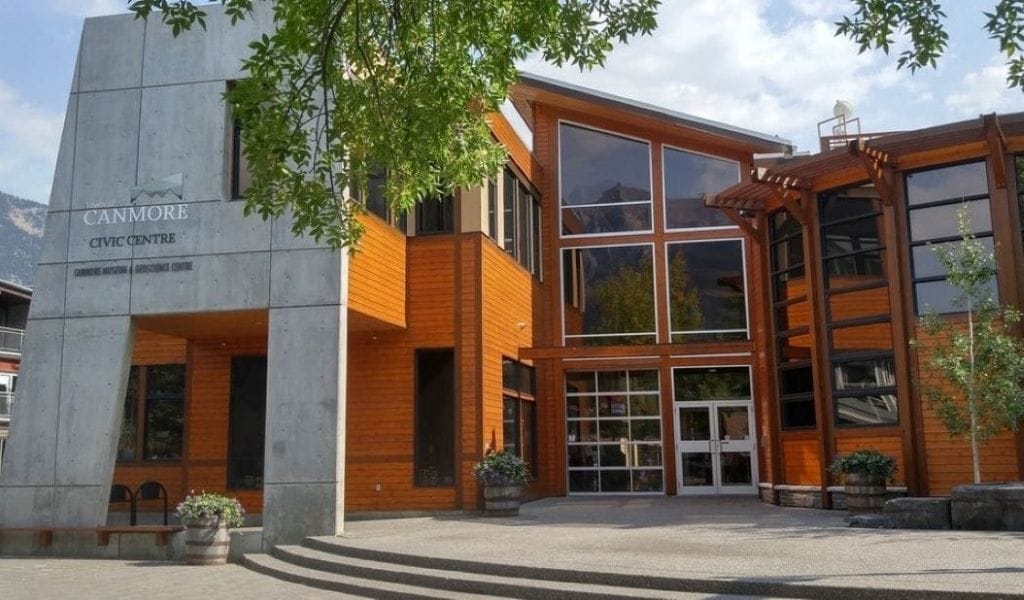- Bow Valley Insider
- Posts
- Banff Votes for Change While Canmore Stays the Course
Banff Votes for Change While Canmore Stays the Course
Inside the 2025 Bow Valley elections shaping housing, tourism, and livability.

The Bow Valley delivered a split-screen verdict this year. In Banff, voters opted for a reset. In Canmore, they doubled down on the current course. Together, the results sketch a clear map of local priorities that will shape housing, mobility, and quality of life in the years ahead.
Banff: Mandate for change, decided by inches
Banff’s ballot told a dramatic story. Six council seats were up. All six incumbents ran. Only two returned: Kaylee Ram and Barb Pelham. Four newcomers, Michelle Backhouse, Marc Ledwidge, David Fullerton, and Brian Standish, will now form the majority, a result that reads as a call for new approaches at Town Hall. Mayor Corrie DiManno was acclaimed back on September 22, after no one stepped forward to challenge her for the position.
The vote was razor thin. The sixth and seventh place finishers were separated by just two ballots, 742 to 740. Seventh place went to Allan Buckingham, who has requested a recount. The Banff Returning Officer will conduct the recount of all ballots on Wednesday, October 22, 2025, in accordance with provincial legislation. Incumbent councillor Grant Canning, in eighth, trailed the final seat by 31 votes.
Turnout was sobering. Only 1,786 residents voted, the lowest total across the last four municipal cycles, and well below the 2,522 who weighed in on the 2024 Banff Avenue pedestrian zone plebiscite. Voters were energized enough to decide the future of a single street in summer. They were far more subdued when asked to pick an entire council.
What did “change” mean to voters? In the weeks leading up to the election, the new councillors circled many of the same themes. Housing was the headline issue across every campaign. Each spoke about the need for more density and new construction, with an emphasis on units that local workers can actually afford. Several also pointed to the other end of the spectrum, saying seniors should have options to stay in Banff rather than move to Cochrane or Calgary when they downsize.
Tourism and mobility were another common thread. Most of the new councillors rejected the “over tourism” label and said the town’s main pressure point is vehicle congestion, not visitors themselves. They talked about solutions like intercept parking, expanded transit, and clearer signage to help people move more efficiently through town. The goal, they said, is not to turn people away, but to manage how they get here and how they move once they arrive.
Livability came up often too. Candidates spoke about child care as a major reason families leave town, and several linked housing and child care as two sides of the same coin. They described a need for mixed-age and mixed-income buildings where families, frontline workers, and older residents can live in the same community rather than being pushed into separate pockets. They talked about developments that include shared courtyards, daycare spaces, or communal areas that make daily life easier, not just cosmetic amenities. The broader message was that Banff’s next phase of growth should focus on how people live together, not just how many units get built.
Many of the new councillors also talked about transparency and measurable results. They want Banff’s long-term plans to be clearer and easier for residents to track, with public progress updates on housing, mobility, and livability goals. Collaboration was another talking point, with several mentioning closer work with Parks Canada, Lake Louise, Canmore, and the province. They argued that visitor management, wildlife protection, and transportation are regional issues that require regional cooperation.
Still, most of them acknowledged that Banff operates inside a national park and that progress takes time. The narrow margins in this election reinforce that voters want steady, visible improvements.
Canmore: Continuity with a couple new voices
Canmore chose stability. Mayor Sean Krausert won decisively, 3,009 votes to 1,651, and voters returned four of six councillors from the last term: Jeff Mah, Tanya Foubert, Jeff Hilstad, and Wade Graham. Two newcomers join them: Rob Murray and Jennifer Marran.
Rob Murray, best known for his two decades on Mountain FM, campaigned on connection and delivery. He drew on his experience with Canmore Community Housing, calling for more non-market projects, reliable funding, and partnerships with non-profits. He supports regenerative tourism, fare-free Roam Transit, and practical steps for climate resilience from FireSmarting to larger firebreaks.
Jennifer Marran, an educator and governance consultant, focused on the conditions that keep Canmore livable. She emphasized child care, support for local businesses, and early public engagement. On housing, she backs the Vital Homes programs, staff housing initiatives, and stronger provincial and federal partnerships. She also called for smarter infrastructure spending that fixes long-term problems, not just surfaces.
The livability tax, a proposed surcharge on vacant and non-resident-owned homes, sparked debate. Candidate Jennifer Marran said it should be delayed until the new Property Tax Taskforce completes its work. Still, the broader ballot reads as an endorsement of the current direction with an invitation to keep improving execution. Voters kept the core of council and added two members who can translate community conversation into policy. The agenda is familiar: accelerating non-market housing, continuing infrastructure improvements shaped by community feedback, and keeping climate work on pace.
Reply